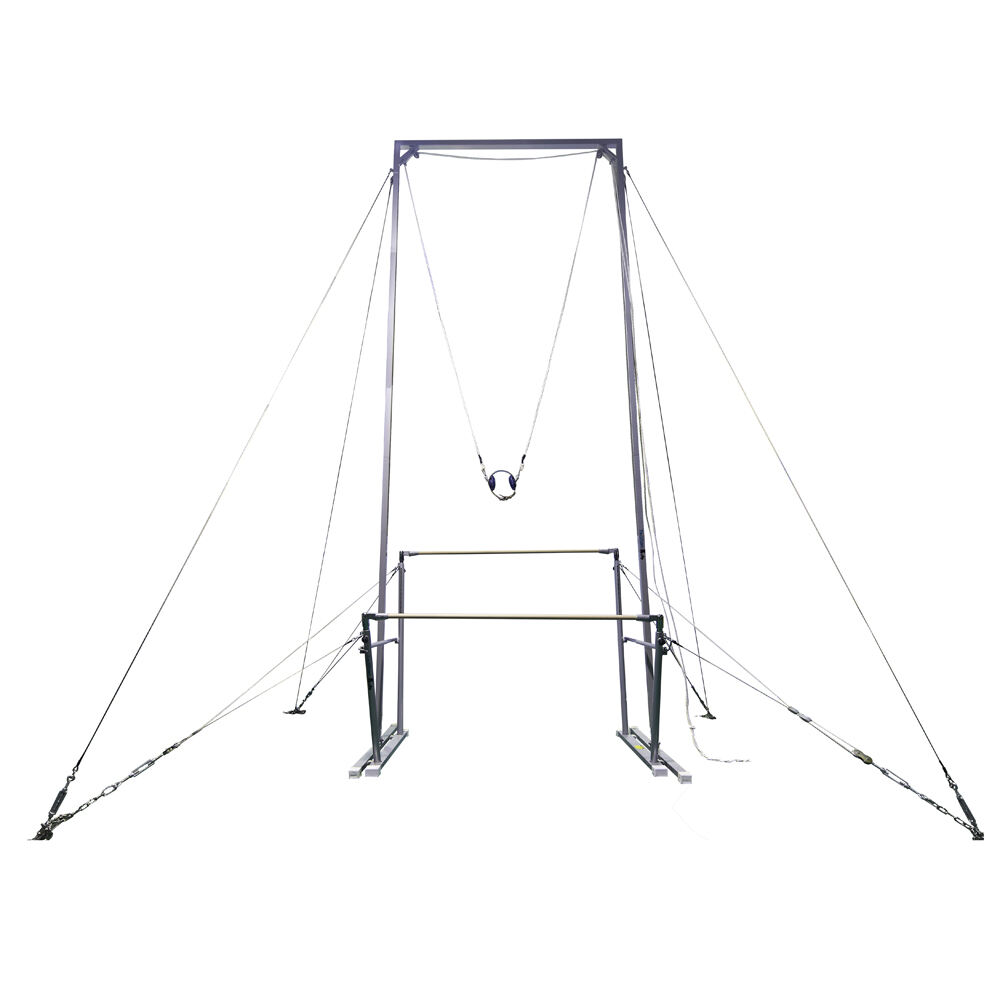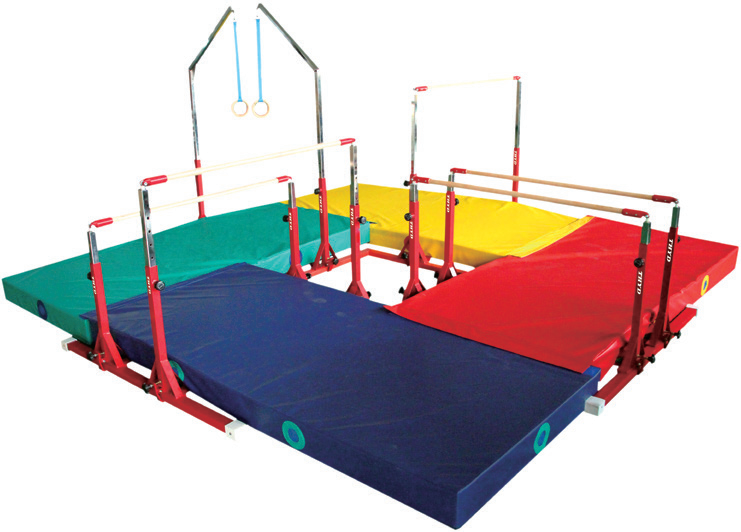uneven bars
The uneven bars stand as a pinnacle of gymnastics equipment, representing both artistic expression and technical precision in women's artistic gymnastics. This apparatus consists of two horizontal bars set at different heights, typically with the lower bar at 5.6 feet and the upper bar at 8.2 feet. The bars are made from specially engineered fiberglass material encased in wood laminate, providing the perfect balance of flexibility and stability. The design allows gymnasts to perform complex transitions between bars, release moves, and intricate combinations of skills. Modern uneven bars feature quick-release tension systems that allow for precise adjustments to both height and width, accommodating athletes of different sizes and skill levels. The apparatus is equipped with safety features including specialized grip coating to prevent slipping and impact-absorbing floor anchoring systems. The bars' construction meets strict international competition standards while incorporating innovative technologies for optimal performance and safety. This equipment serves not only as a competitive apparatus but also as an essential training tool for developing upper body strength, spatial awareness, and dynamic movement control.


